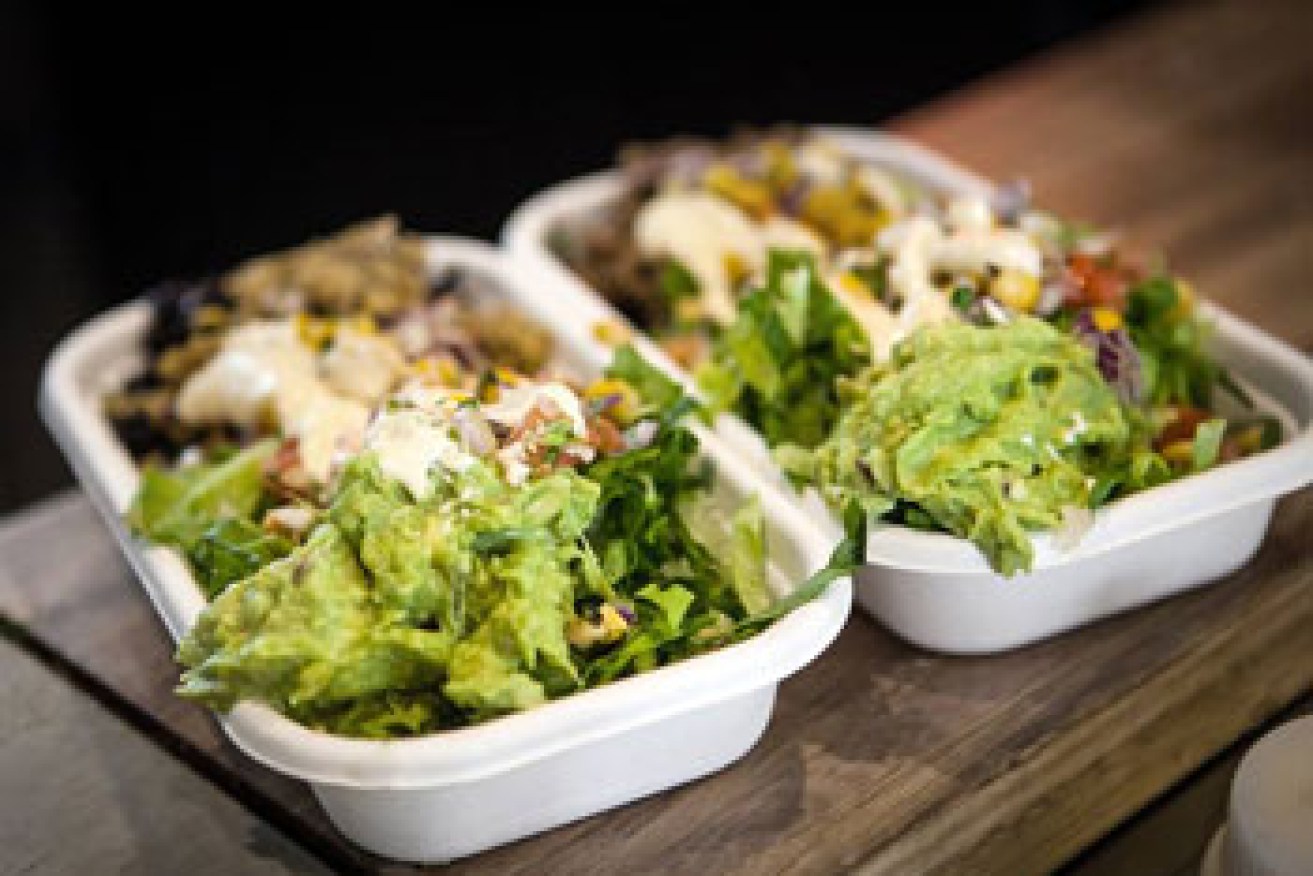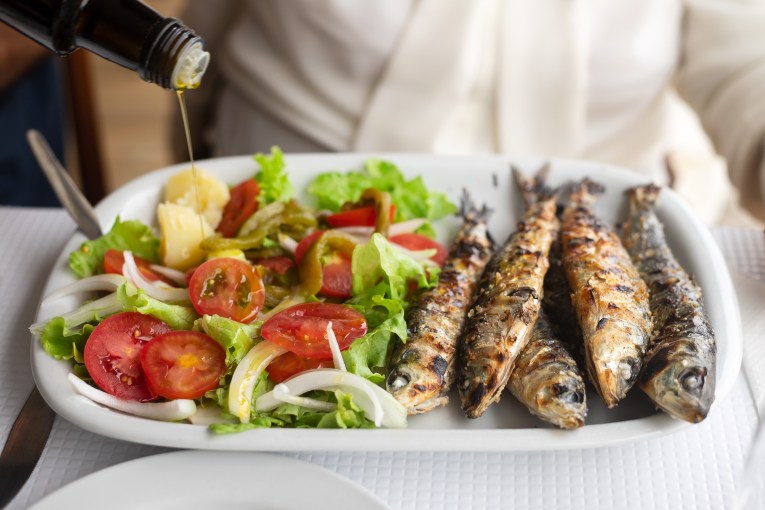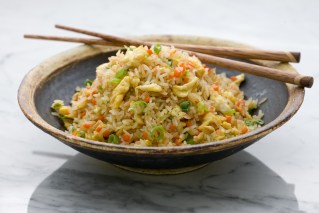The unhealthiest burgers at your favourite fast food chain


Facebook, Zambrero Australia
Researchers have found a way to make healthier choices at your most cherished fast food restaurant, but it means canning the sauce and dressing.
The George Institute for Global Health looked into the kilojoule count of 229 small meals and snacks at 25 Australian fast food chains and compared them to the time it would take to work off the extra energy.
The results were staggering – or would at least leave you staggering by the end.
• Calls to cut high salt levels in kids’ fast food meals
• Do ‘healthy’ fast food options exist?
• Carl’s Jr ‘sexist, toxic messaging’ to infiltrate Australia
At the lower end of the scale, a Hungry Jack’s Cheeseburger (1301kJ) would take more than one hour of walking or 28 minutes of running to exercise off, while a McDonald’s 979kJ hamburger would take 48 minutes of walking or 21 minutes of running.
The higher calorie options would require far more effort.
About 100 minutes of walking would work off a Red Rooster Extreme Herb Mayo Cheeseburger (1920kJ), while more than 200 minutes of walking would shed the kilojoules in Hungry Jack’s Ultimate Double Whopper.
“Close to one quarter of the lunches we surveyed had over 3000kJ,” the George Institute’s Dr Kristina Petersen told The New Daily.
“For the average Australian adult that is over one-third of the daily kilojoule requirement.
“On average, Australians spend just over 30 minutes per day doing physical activity, which is not enough to burn off the kilojoules in many of these meals.”

Packaged salads could have salt added to them. It was best to always check the ingredients panel. Photo: Getty
KFC, McDonald’s and Grill’d also made the list.
At KFC, you would have to run for nearly an hour to work off the worst offender – the 2632kJ Kentucky Burger, while McDonald’s Double Quarter Pounder or Grill’d’s Mighty Melbourne Beef Burger would take more than 70 minutes.
Pizza, salad, light meals, burritos, wraps and burgers were assessed as part of the research.
Zambrero’s 5005kJ Nachos Pork and Garlic Sauce topped the list, and would take more than four hours of walking to negate the impact of this calorie-loaded monster.
The New Daily contacted all chains named in this article; only three responded.
A Grill’d spokesperson said there were “many offerings” that fit recommended parameters.
“The George Institute’s healthy eating guidelines recommend a meal should ideally contain between 1500-2000kJ, followed by a snack containing 600kJ. Together, you have a meal between 2100-2600kJ,” they said.
“Healthy eating is more than simply kilojoule content, it is about sourcing good ingredients, having respect for the people who produce the food and being mindful of sustainability and wastage – and, of course – the pleasure and enjoyment of eating delicious tasting food.”
According to a Hungry Jack’s spokesperson, menu transparency was important.
“Hungry Jack’s has achieved reductions in sodium, fat and sugar levels across the menu and the company offers a variety of choices to suit individual dietary and taste preferences,” the spokesperson said.
KFC were unable to provide a statement before publication.
‘More effort for women’

Zambrero’s meals commonly added sauces and processed meats. Photo: Facebook, Zambrero Australia
The exercise calculations were based on the amount of effort needed from a 40-year-old healthy man, a “population average”.
This meant the figures for women, older people and those who are overweight could vary greatly.
“For women it is going to be a lot more,” Dr Petersen said.
“Men typically use up more energy when they are physically active, young people do burn a higher no of kilojoules … but for older adults it might be higher.”
Say no to extras
The George Institute research found foods at the Mexican chains were most likely to contribute to the daily kilojoule intake in a big way.
This was because sauces, dressings, cheese and processed meats were commonly on the ingredients list.
“People need to be aware of the foods that they are purchasing so that they can make good choices and reduce their risk of weight gain,” Dr Petersen said.
Want control? Cook at home
But burgers weren’t the only option to send the warning lights flashing. Salads with added extras, like those mentioned above, could become unhealthy.
“You want to choose menu items that are lower in kilojoules, what we are recommending is 1500kJ to 2000kJ for a main meal,” Dr Petersen said.
Click the owl for ways to enjoy eating out without bumping up the kilojoule intake
“With this research we did look at the smallest portion sizes from these chains, however even these small portions do have a lot of kilojoules in them.
“Cooking at home you can be aware of how much you are eating.”










